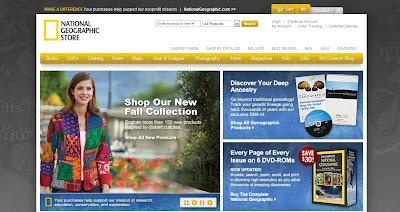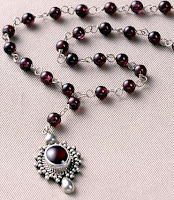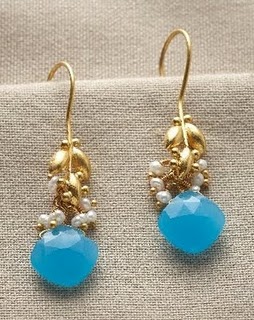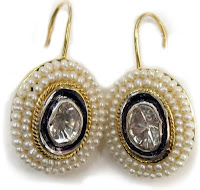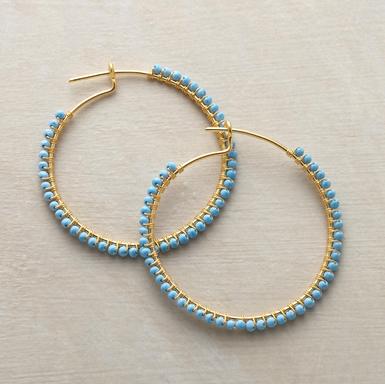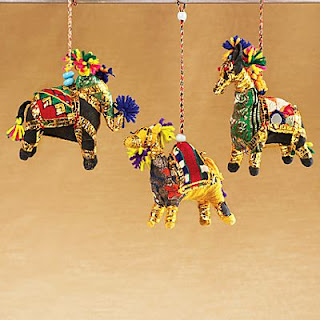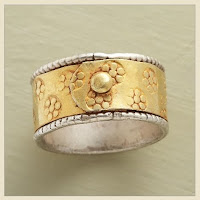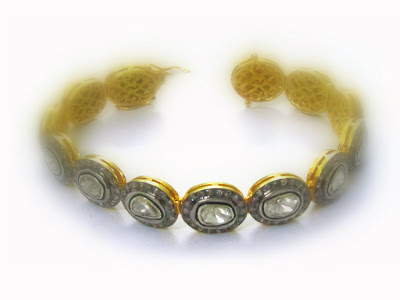Nizam Jewelry Collection
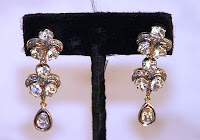 The Nizam of the Royal family of Hyderabad in India, was declared the “richest man in the world” by Time magazine in the 1940’s. His legendary jewels, one of the most famous in the world consisted of a fantastic collection of ornaments, loose precious stones, especially uncut diamonds, rubies and emeralds.
The Nizam of the Royal family of Hyderabad in India, was declared the “richest man in the world” by Time magazine in the 1940’s. His legendary jewels, one of the most famous in the world consisted of a fantastic collection of ornaments, loose precious stones, especially uncut diamonds, rubies and emeralds.
 This jewelry collection, which formed a part of his enormous wealth and prestige of his royal estate and was built over the period that the Nizams ruled from 1792 to 1948. They follow a mixture of Muslim and Indian craftsmanship with a distinct leaning towards the Southern ‘Deccani’ workmanship acquired from the ‘Vijaynagar’ Kingdom.
This jewelry collection, which formed a part of his enormous wealth and prestige of his royal estate and was built over the period that the Nizams ruled from 1792 to 1948. They follow a mixture of Muslim and Indian craftsmanship with a distinct leaning towards the Southern ‘Deccani’ workmanship acquired from the ‘Vijaynagar’ Kingdom. The pieces were in gold and silver work embedded with uncut diamonds and edged with silver ‘kundan’ or just gold and silver work with diamonds and tear drop emeralds with enameled work on the back; intricate designs with a mixture of western influence and indigenous style.
Nizam Jewelry Collection Read More »




